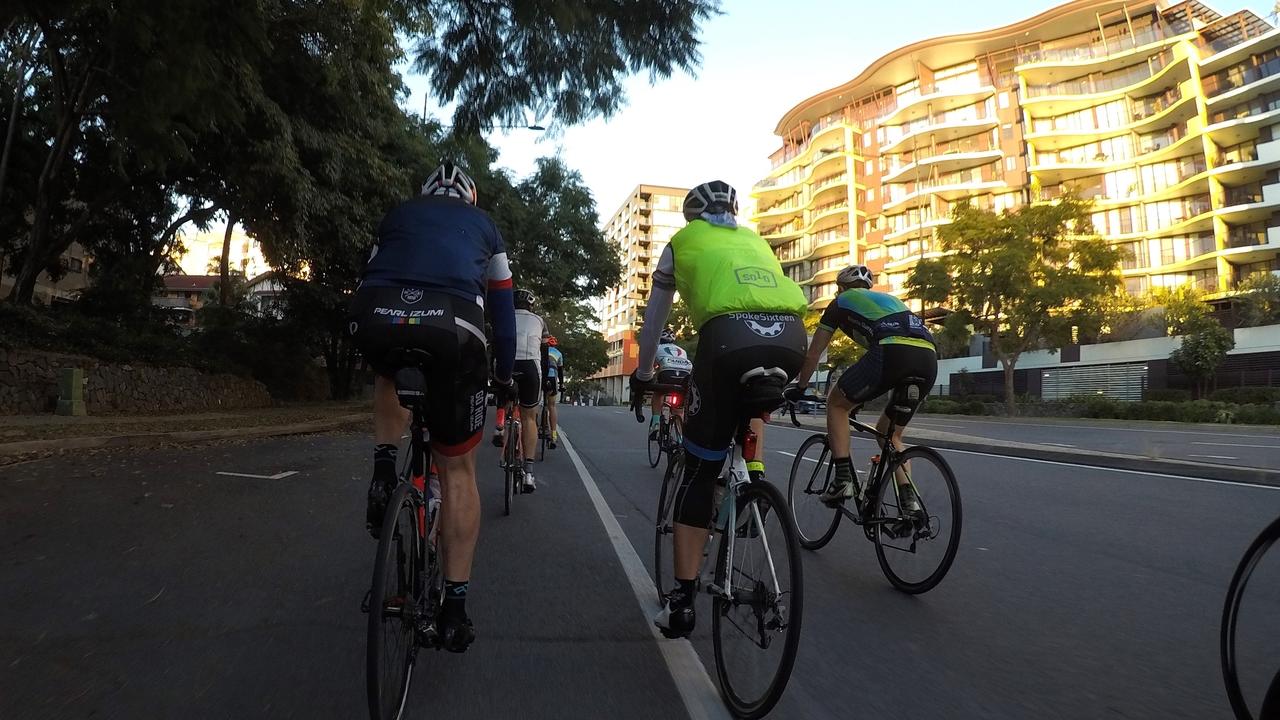High Cadence - A Fundamental of Recovery

In the previous blog we covered off on the benefits of taking your road bike to the track on race day...
One of the benefits we highlighted was the recovery benefits that having your road bike can give you, for example:
When coming off the track after a race, your road bike is easily accessible and the gearing is usually lighter, allowing you to pedal at higher cadences - clearing lactate faster.
In this blog, we want to highlight what cadences should be achieved on recovery road rides, and why it’s so important to pedal at high cadences to achieve better recovery.
First, let’s talk about what recovery is, and for the sake of this blog, we’re talking about active recovery - that is, a session with low intensity and volume to allow your muscles to repair, getting blood moving and reducing residual fatigue within the muscles.
An example of a basic session that a cyclist would complete for an active recovery day is an hour (flat road) ride, or 30 minute recovery spin on the rollers.
It's important to note that when you head out for a recovery ride, you need to allow your body to warm up to higher cadences, and the time it takes to warm up will vary depending on the amount of fatigue you’re carrying from previous sessions.
Ideally, once you are warmed up you should aim to achieve at least 90 revolutions per minute (RPM) for the duration of the recovery ride and this should be achieved on your smaller gears.
If you’re able to achieve 90 RPM easily, aim higher - between 100 and 105 RPM and maintain it for the session.
The speed in which you'll be riding will be lower to coincide with the gear ratios being utilised, and for those that are looking for an approximate speed - you should aim for somewhere between 22 and 27 kph, ensuring your heart rate remains in a recovery state (usually around 50-55% of your heart rate maximum).
Using smaller gears is essential, as bigger gears require more strength and muscle recruitment, resulting in muscle damage which requires more recovery, ultimately defeating the purpose of the recovery ride to begin with.
In the earlier stages of the training season, the cadence and speed principles of the recovery ride are usually well adhered to amongst most athletes, but as you draw closer to competition, and particularly in the tapering phases of your training, it can get a little more difficult.
Feeling fresh and on top of your form is a magnificent feeling, and this is the point where many athletes forget to stick to the speed and cadence principles of a recovery ride.
In a tapering phase when you’re feeling fresh and fast, heading out for a recovery road ride can easily turn into an aerobic or aerobic threshold dominant session. It’s really important to be aware of what your recovery parameters are to avoid falling into this trap, as it will compromise your overall performance for race day, or your output at other important training sessions.
Don’t forget the purpose of the recovery ride - the title in itself should always be a reminder.
Maintain higher cadences, lower speeds and lower heart rates to get the best out of your overall training progression and performance.
Feel free to leave us some comments in the box below!


